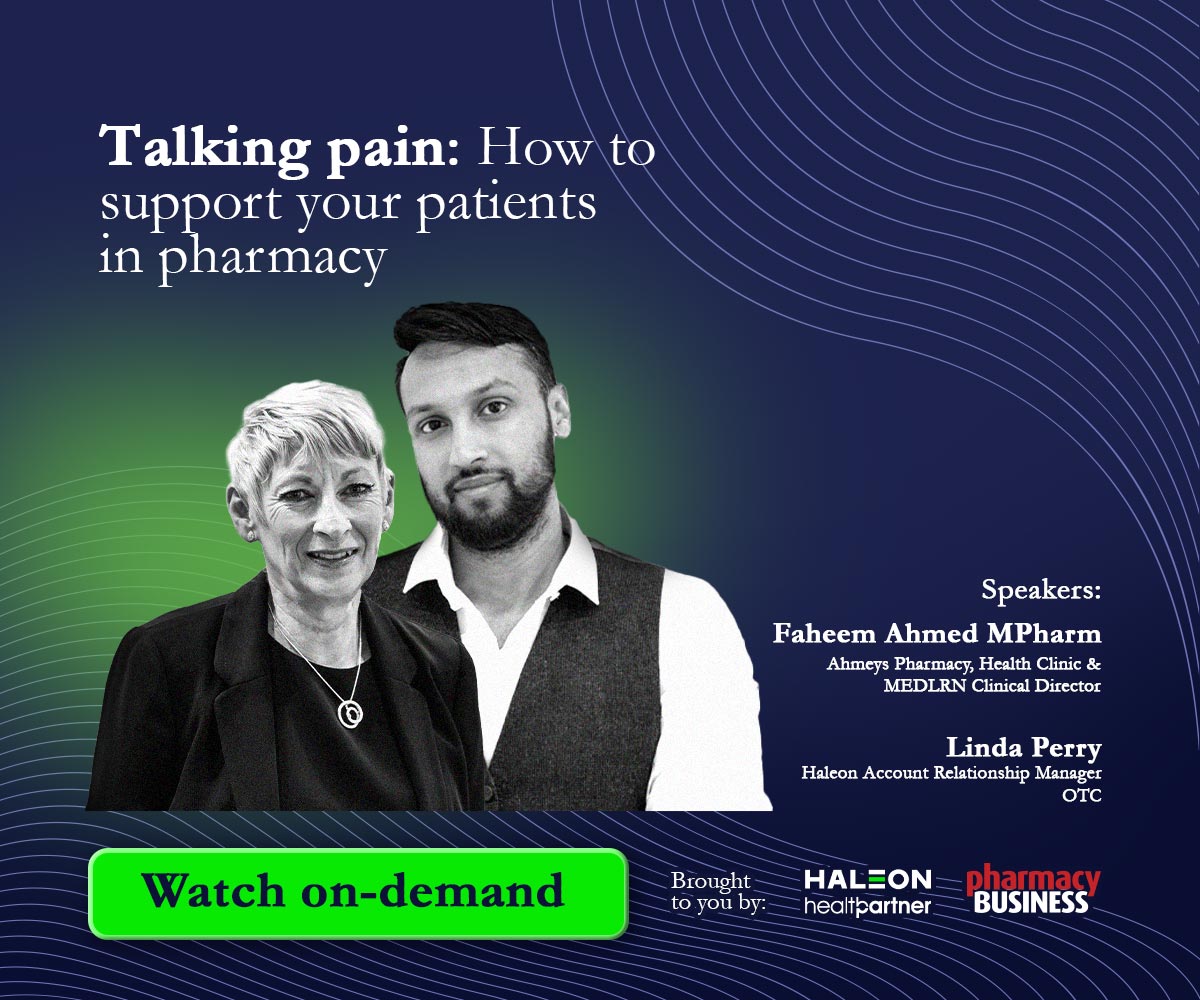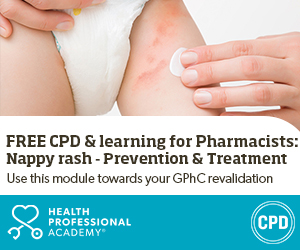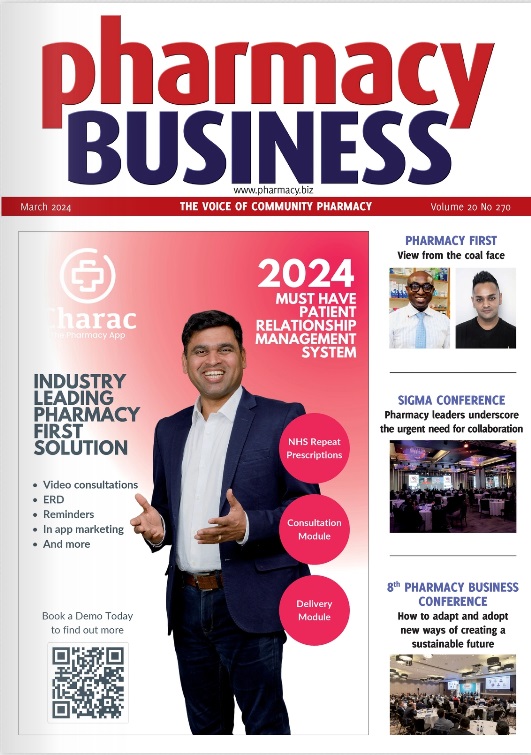Accurate, accessible, and precise language is essential in all business sectors and services, but it has a particular significance in medicine, pharmaceuticals, and healthcare.
Professional translators recreate texts, not simply matching word-for-word, but understanding the underlying meaning, purpose, and interpretation of the original language, and reproduce it using appropriate terminology and structure to ensure there is no potential for misunderstanding.
An experienced technical translator addresses conventions to ensure the meaning of the information is preserved, using medical expertise and quality review processes to adapt documentation to meet the needs of patients, medical practitioners, and peers.
Attention to detail is fundamental to medical translations and a non-technical translation is an unacceptably high risk for any organisation involved in publishing or circulating medical information of any kind.
What Is Medical Translation?
Medical translation is a technical process where capable translators reproduce content or documentation used anywhere in the medical industry, including psychiatry, systematic reviews, tuition and training, patient communications for pharmaceutical translation services.
Important clinical trial translations can include labelling, prescriptions, medical devices and patient records, with millions of medicines and treatments used globally and written in multiple languages.
Qualified medical translators must have exceptional linguistic skills but also a thorough understanding of medical sciences in all the native languages concerned. However, the complexity of translating one label or one document into several languages can mean that organisations may assume a simple translation is sufficient – when it is anything but!

Terminologies, medical jargon and abbreviations, different connotations of words, and cultural differences in the way we interpret information can mean one sentence in one language, and mean something entirely different in another.
We will look at some examples of the repercussions of inaccurate medical translations shortly. Still, it is also important to consider the audience, their understanding, and how meaningful the text is for the intended user.
Types of Medical Translation
The medical industry is vast, and a translator might specialise in a particular area, such as translating technical journals for medical professionals or patient care information. There are almost limitless applications for precise translations.
Examples include:
- Patient records: patients are required to sign multiple forms, such as consent forms, billing, insurance and privacy policies, but may be unable to give consent if they cannot understand the content of the paperwork – consent may also be deemed as not given if documents are not available in their native language, regardless of whether they have signed.
- Medical device translations: any new device introduced to the market, issued to a healthcare facility or patient to use at home must come with clear, exact instructions for safe usage. Instructions must detail how to use the device, assembly, safety notices, and interpreting results.
- Clinical trials: thousands of clinical trials are being conducted at any time, and many are used in multiple countries to inform practice or learn from the findings.
- Medicines and treatments: a patient, caregiver or practitioner must understand how to prescribe and take the correct drug dose, with possibly grave outcomes of incorrect instructions or unclear advice. Translators work on inserts and labelling to ensure that there is no doubt about how, when, and how often to take a medicine and how to recognise side effects that require medical intervention.
The Absolute Translations medical translation team works on documentation for pharmaceuticals registered with regulators in new countries, translating pharmacological studies, medical reports and diagnoses recommendations, clinical protocols, medical journals, and white papers.
Mistakes in Medical Translations
The Joint Commission Journal published a research paper in 2007 which demonstrates the potentially life-threatening consequences of an error.
Titled ‘The Impact of Abbreviations on Patient Safety’, and drawing on a scholarly report from the Institute of Medicine called ‘Building a Safer Health System’, the Commission found that misconceptions and incorrect abbreviations had severe outcomes.
Examples include mistaking ‘daily’ for ‘every other day’ and shortening ‘unit’ to the letter U – which was interpreted as zero or four. Another case study found that medical texts had translated morphine sulphate as MS, which was confused for magnesium sulphate.
Localisation is imperative because poor translations can directly change the outcome of medical interventions and even surgeries. A case at a Berlin hospital, published in a ‘Patient Safety in Surgery’ report by BioMed Central, involved an English text referring to ‘non-modular cemented prostheses’. The text was translated mistakenly as ‘prosthetics that do not require cement’ and resulted in surgical implantation without the necessary cement, causing serious consequences for the patient and exposure to medical liability for the hospital.
Inaccurate translations can cause the following:
- Language barriers impacting patient access to healthcare.
- Incorrect treatments or use of medicines or medical devices.
- Delays in diagnosis or misunderstanding of medical advice.
- Liability to litigation and medical malpractice.
- Poor communications, or patients who are unable to understand consent forms.
These examples highlight that there is no room for error in medical translations and that the sensitivity and specificity of texts are of the utmost importance to maintain safety and uphold the expected standards of practice.
Professional vs Automated Medical Translations
As we have seen, the nature of any medical text must be translated with absolute accuracy to safeguard all stakeholders and ensure effective communication between colleagues, peers, and patients.
However, translation is also vital for regulatory compliance, with international standards such as ISO 13485, ISO 9001 and EN 15038 (in the EU) applicable to medical manufacturing and quality assessments. Incorrect translations can breach regulatory requirements, legislation, and medical practice codes.
Medical translation is a knowledge-based skill with a robust quality process to eliminate the prospect of even a minor mistake in a field where there can be no margin for error.
The British Medical Journal found in a study of Google Translate in Medical Communication that only 74% of phraseology used in clinical settings was correct in Western European languages. This accuracy rate dropped to 62% for Eastern European languages, 46% for Asian languages and 45% for African languages.
Any clinical text with less than 100% clarity and accuracy carries extreme risks. The global average accuracy rate assessed was only 57.7% – illustrating why using automated translations or relying on generic translation skills is unacceptable.
An accomplished medical translator assures that any text, whether a complex clinical trial report or a simple consent form, is clear and correct and promotes excellence in standards, communications, and patient care – all essential for businesses, public sector service providers and organisations, whatever their role within the medical world.







